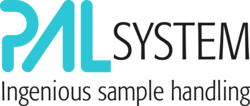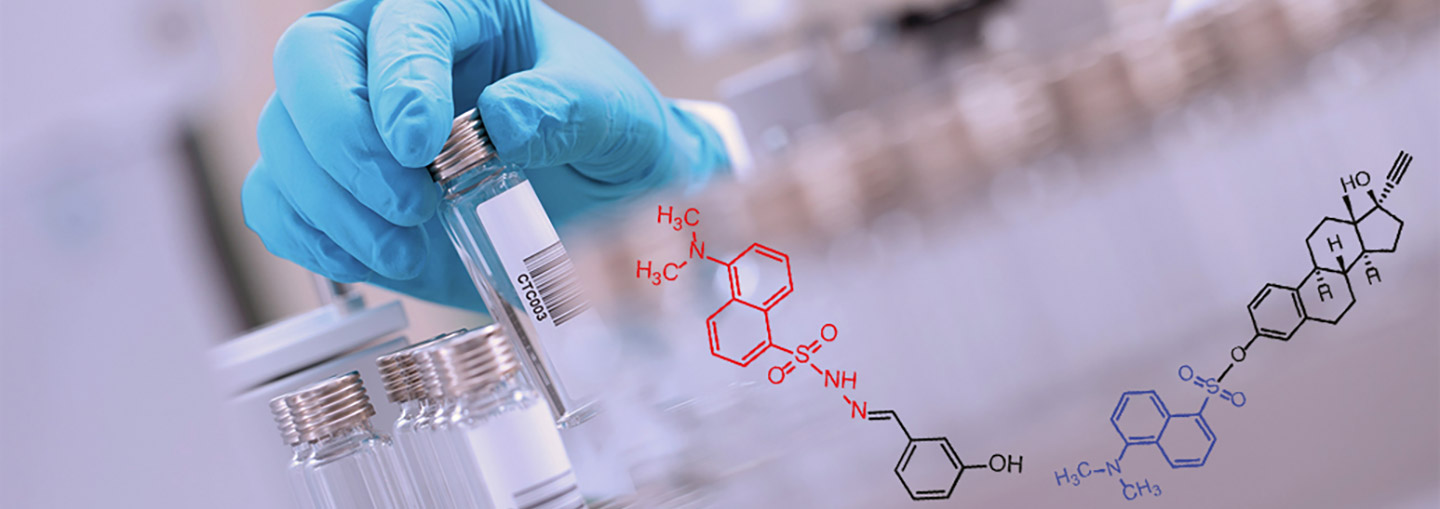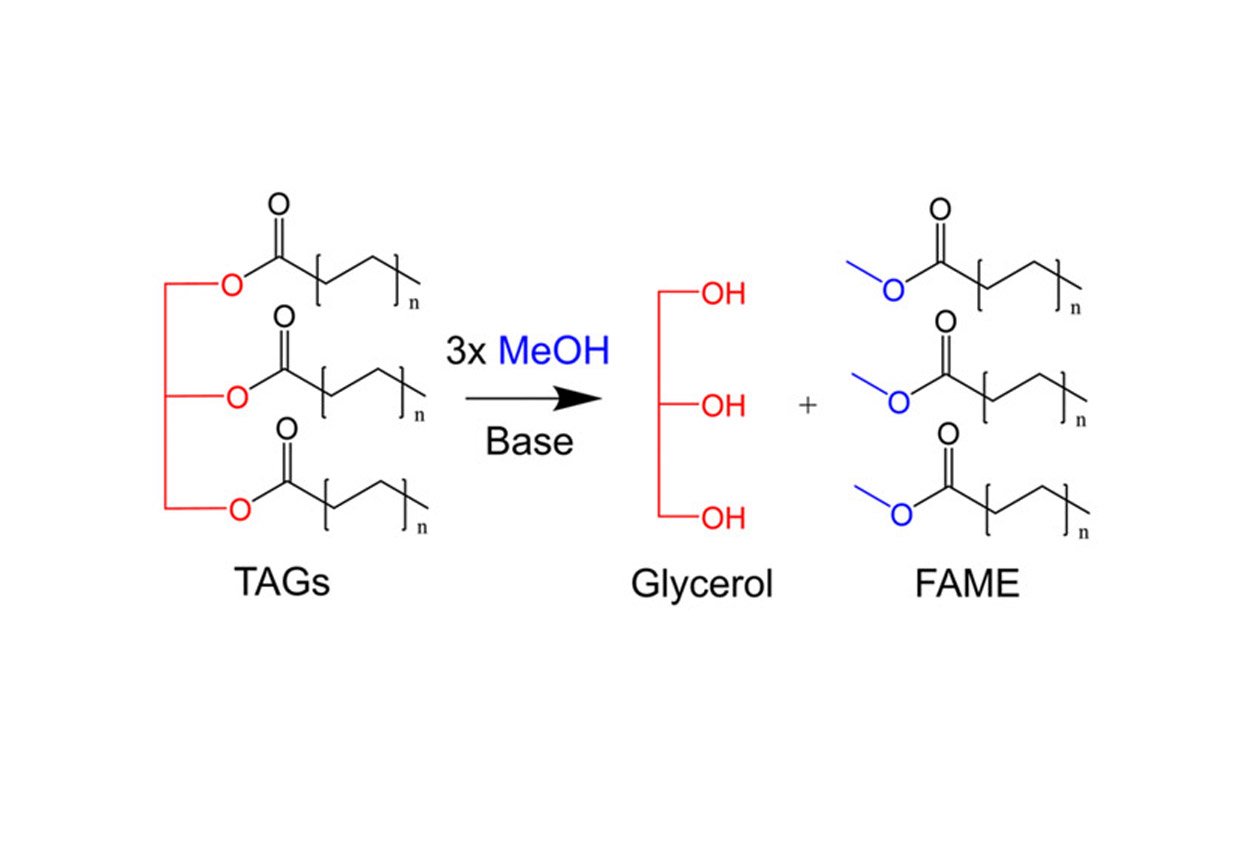衍生反应是许多色谱方法中经典的样品制备步骤。人工衍生通常需要几个处理步骤,通常涉及危险试剂。PAL System在分析前以提前样品准备模式
提供实时衍生,为大样本系列提供最佳再现性,尤其是代谢组学分析所需的再现性。
分析物的衍生程序在许多色谱方法中很常见。手动操作既费力又耗时。此外,还涉及危险试剂,关键有机溶剂也是如此。
PAL System为实时和可重复的衍生反应提供了工作流程。对于实际应用而言,所涉及的衍生化学几乎没有任何限制。典型的是用于GC-MS的甲硅烷基化、乙酰化或甲基化反应,或用于LC-MS的丹酰氯或FMOC反应。
对于食品工业中最常用的脂肪酸甲酯(FAME)的制备分析衍生化,甲酯酯交换和皂化/BF3催化的甲基化的流行反应都是在PAL System上用标准工作流程进行处理的。
此外,在生命科学应用中广泛使用的用于大样本系列代谢组学分析的两步衍生化可作为标准工作流程使用。
PAL System上的衍生反应得益于无与伦比的再现性,这是由于分析前的实时反应和每个样品一致的前。
Figure 1: Directed evolution of a genetically encoded immobilized lipase for the efficient production of biodiesel from waste cooking oil
Author: Bradley S. Heater et al
Publication: Biotechnology for Biofuels & Bioproducts
Publisher: Springer Nature
Date: Jun 28, 2019 (http://creativecommons.org/licenses/by/4.0/)
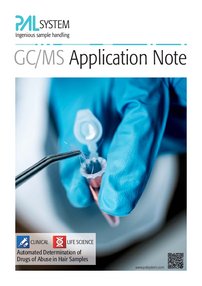


Automated Determination of Drugs of Abuse in Hair Samples
Hair testing is a powerful tool routinely used for the detection of drugs of abuse in forensic and toxicology applications.
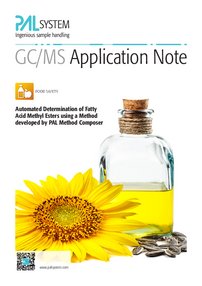

Automated Determination of Fatty Acid Methyl Esters using a Method developed by PAL Method Composer
An efficient method for the generation and GC-analysis of FAME was generated using PAL Method Composer ver. 1.4. PAL Method Composer allows to rapidly generate methods by simple drag & drop operations.
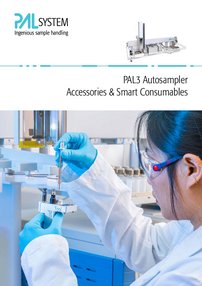
PAL3 Accessories & Smart Consumables
Discover our Toolbox
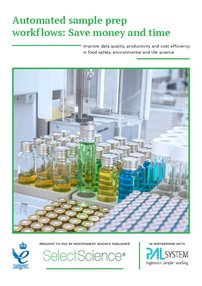





Automated Sample Prep Workflows: Save money and time
This compendium on instrumental sample preparation showcases the many proven solutions of automated sample preparation workflows for food, environmental, pharma, life science analysis, and beyond.
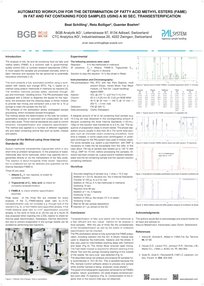

Automated Workflow for the determintation of Fatty Acid Methyl Esters (FAME)
This work presents a fully automated workflow using a workstation with robotic tool change (RTC based on a method using sodium methoxide in methanol as reactant .The workflow improves process safety, optimizes throughput and minimizes handling error.
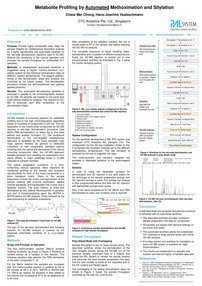

Metabolite Profiling by Automated Methoximation and Silylation
A standardized automated workflow is suggested using a regular industry-standard x,y,z-robotic system for the individual derivatization steps at different reaction temperatures. The reagent addition, timing of the derivatization steps and analysis are controlled by the robotic system.
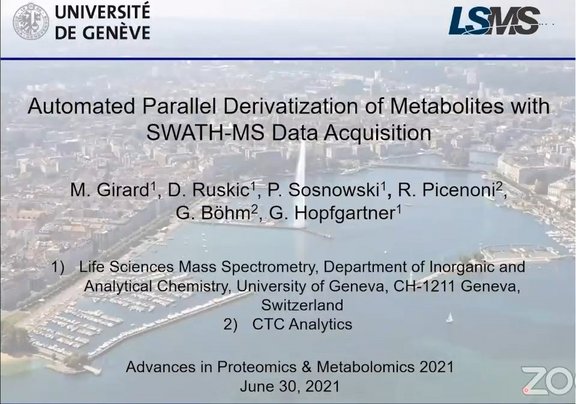


Automated Parallel Derivatization of Metabolites
For metabolite profiling chemical derivatization has been used to improve MS sensitivity and LC retention. However, for multi-analytes quantification, the number of available isotopically labelled internal standards is limited. And, there is no single workflow which can provide large-scale metabolomics coverage in particular for polar metabolites.
Presented by:
Prof. Gerard Hopfgartner, Life Sciences Mass Spectrometry, Department of Inorganic and Analytical Chemistry, University of Geneva
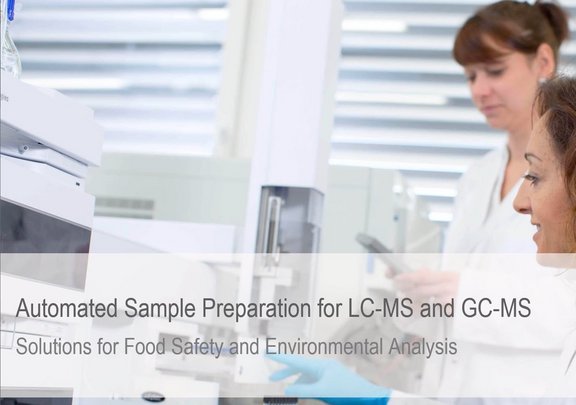


Automated Sample Preperation for LC-MS and GC-MS -Solutions for Food and Environmental Analysis
In this presentation we want to discuss an important development and a demand from analytical laboratories about the standardization and the automation of sample preparation procedures for food safety, environmental, the forensic or pharmaceutical analysis.
Presented by:
Hans-Joachim Huebschmann, PhD
